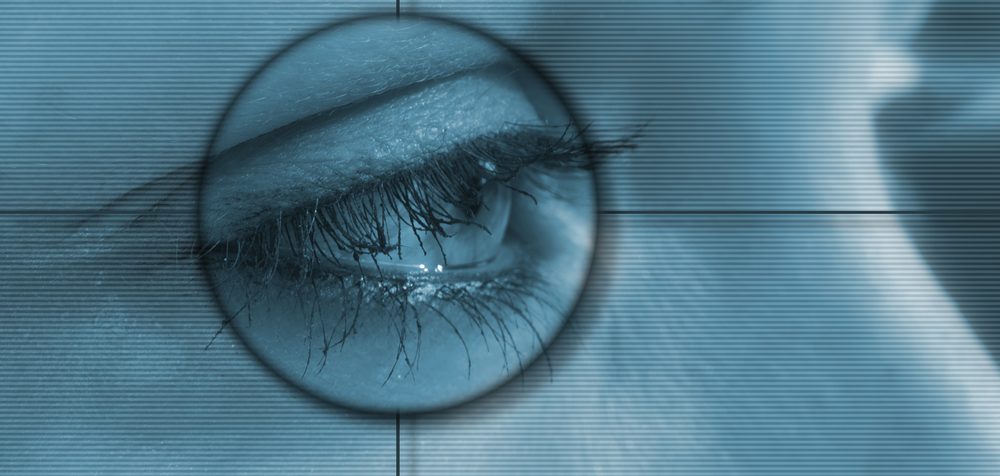
An engineering team from the University of Houston (UH) in Texas has developed wearable sensors to examine eye movement to assess potential problems with the brain. This monitoring can be a simple – yet effective – diagnostic tool, as abnormal eye movements are known to be linked to various types of brain disorders, physical/mental shocks to the brain, and other neurological disorders.
Current eye-tracking systems have flaws which cause them to deliver insufficient amounts of data, are bulky, use multiple electrodes on the face and neck, are expensive, and have weak outputs.
Dr. Jae-Hyun Ryou, associate professor of mechanical engineering worked with Nam-In Kim, a post-doctoral researcher to develop a safe, non-invasive, and comfortable monitor that easily provides continuous measurements and monitoring of eyeball movements when combined with a hand-held display and computing device.
The flexible piezoelectric eye movement sensor array (F-PEMSA), consists of three transducers, and is attached to the temple area of the face where it is comfortably worn while detecting the muscles’ activity associated with the eye motions. The tranduscers are made from single-crystalline III-N thin-film, which offer the advantages of mechanical flexibility, biocompatibility, and high electromechanical conversion. The output voltages from upper, mid, and lower sensors, or transducers, on different temple areas generate discernable patterns of voltage.
“We believe that the F-PEMSA can be employed in many clinical studies concerning brain disorder conditions such as ADHD, autism, Alzheimer’s disease and Parkinson’s disease as well as the aftermath of traumatic brain injuries like post-concussion syndrome and post-traumatic stress disorder, potentially offering the prospect of early and accurate diagnoses and the development of personalized therapies,” said Ryou.
